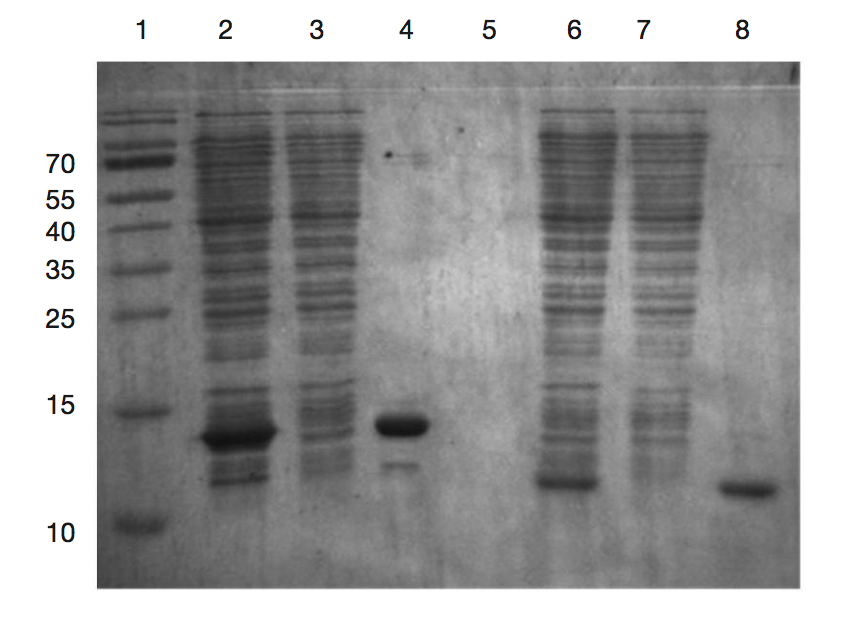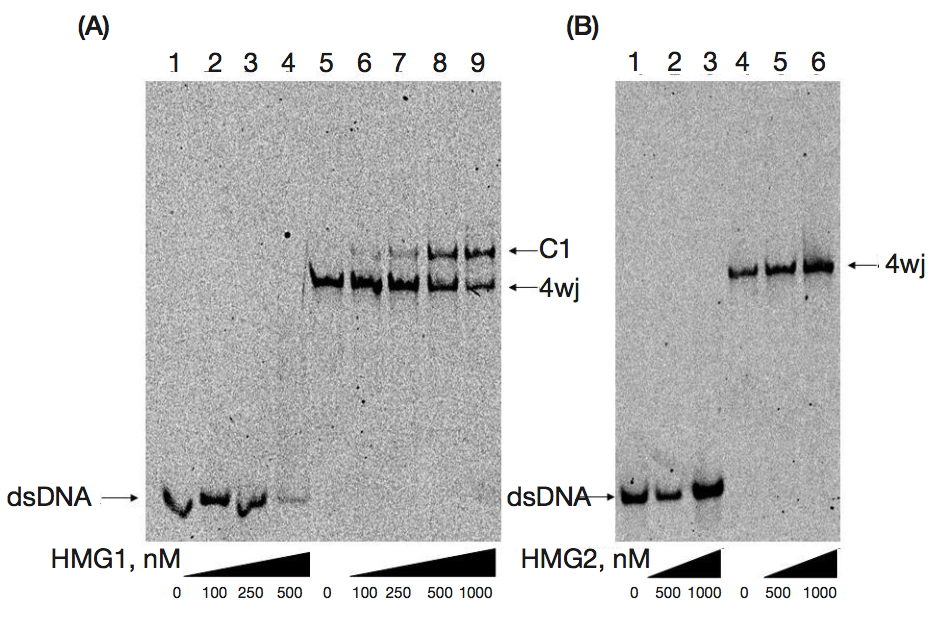
ISSN Print 2500–1094
ISSN Online 2542–1204
BIOMEDICAL JOURNAL OF PIROGOV UNIVERSITY (MOSCOW, RUSSIA)

1 Department of Molecular Biology, Faculty of Biology,Lomonosov Moscow State University, Moscow, Russia
2 Department of General Surgery, Faculty of Fundamental Medicine,Lomonosov Moscow State University, Moscow, Russia
Correspondence should be addressed: Peter Kamenski
Leninskie gory, d. 1, str. 12, Moscow, Russia, 119991; moc.liamg@iksnemak.rtoip
Funding: this study was supported by the Russian Foundation for Basic Research (project no. 14-04-31554 mol_a).

